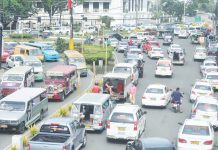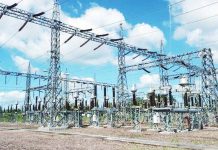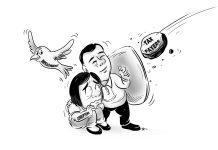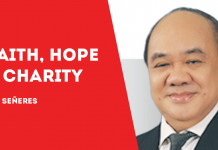
ILOILO City’s 7.1 percent economic growth in 2024 is a statement of resilience. After years of pandemic disruptions, the city’s economy has not only recovered but surged ahead, reaching a gross domestic product (GDP) of ₱171.57 billion and maintaining its position as Western Visayas’ foremost economic driver.
Behind this impressive figure is a story of determination and foresight, thanks to the inspiring leadership of former mayor Jerry Treñas. The city’s services sector, which now accounts for 88.3 percent of its total output, continues to thrive on the back of expanding industries such as professional and business services, finance, healthcare, education, and retail. This surge reflects a city that has reinvented itself as a hub of innovation, opportunity, and commerce in the Visayas.
But while the numbers inspire confidence, they also come with a challenge: how to sustain this momentum in the long term. Rapid growth, if not matched by deliberate planning, can strain infrastructure, inflate living costs, and widen the gap between progress and equity. The path forward must therefore be guided by a balance between expansion and sustainability—between prosperity and livability.
To begin with, Iloilo must continue investing in resilient infrastructure that supports both economic activity and quality of life. Roads, transport systems, flood control facilities, and digital infrastructure should evolve in pace with the city’s expanding commercial landscape. The same urgency applies to ensuring reliable power, clean water, and sustainable waste management—foundations upon which all development depends.
Equally crucial is workforce upskilling. As Iloilo transforms into a knowledge-driven economy, its human capital must evolve accordingly. The city’s universities and training institutions should align more closely with emerging industries, equipping young Ilonggos with skills in technology, finance, research, and creative sectors. Inclusive education and digital literacy can ensure that growth benefits are shared not just by the business elite but by the broader community.
Finally, the city’s economic vision must be inclusive. The 2.1 percent share of agriculture and fisheries reminds us that surrounding communities should not be left behind. Integrating rural economies into the city’s value chain—through agro-processing, logistics, and cooperative enterprise—will ensure that Iloilo’s progress uplifts the region as a whole.
Iloilo City’s success story reflects strong leadership, investor confidence, and the industrious spirit of its people. Yet true progress is measured not only by growth but by its endurance. To sustain this momentum, the city must think beyond numbers and focus on the kind of growth that is equitable, future-ready, and grounded in the well-being of every Ilonggo.







